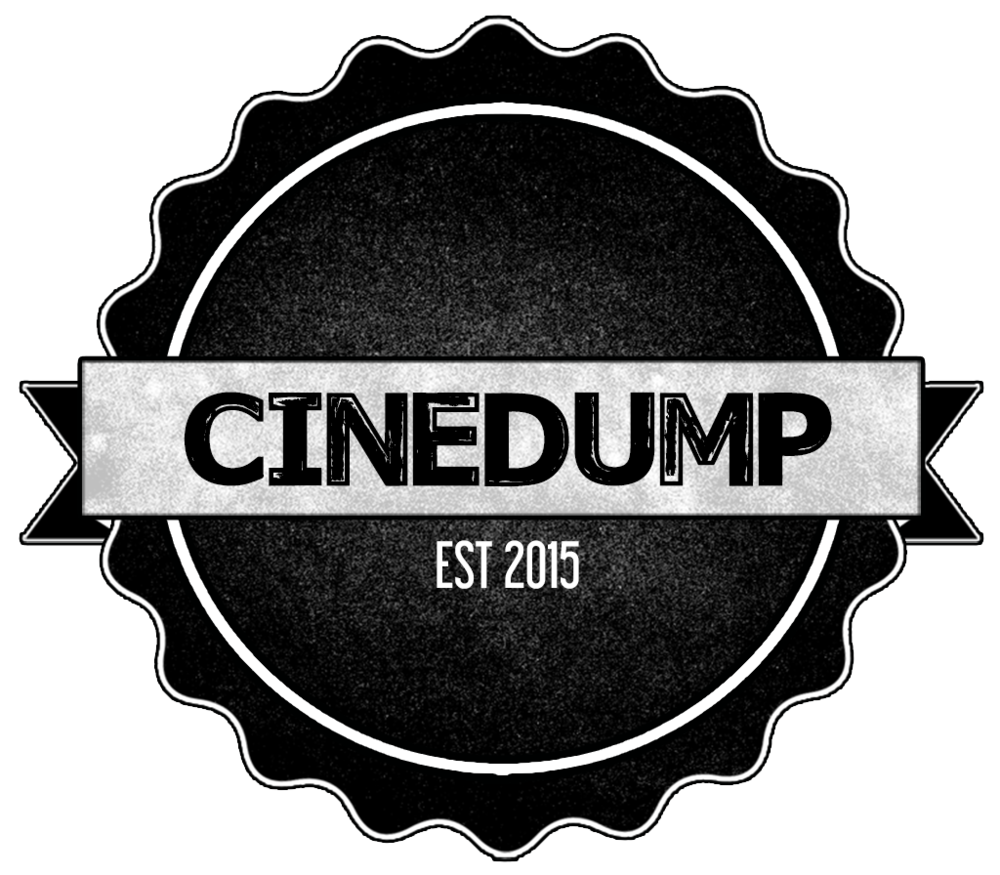Growing up, Christopher Cain’s Young Guns was amongst a handful of films that were perennial favorites in my house. August 12th is the film’s 35th anniversary. I still enjoy it, but it’s definitely hit-and-miss, and I wonder how well it would work for anyone who doesn’t already have some nostalgia for it. Regardless, let’s take a look back at this ‘80s fan favorite.
It’s 1877 and, after a stylish title sequence, we’re introduced to erudite rancher John Tunstall (fatherly Terence Stamp). The Englishman is in a heated rivalry with LG Murphy (ruthless Jack Palance) over control of a significant portion of the New Mexico cattle industry. Murphy’s business is the larger of the two and he’s willing to do whatever it takes to ruin Tunstall, including threats of violence. As a result, Tunstall has taken to bringing in homeless young gunmen, providing them a roof over their heads and an education in exchange for their labor and protection.
These so-called Regulators include the no-nonsense Dick (Charlie Sheen trying and failing at an accent), intellectual Doc (the always welcome Kiefer Sutherland), Navajo orphan Chavez (smoldering Lou Diamond Phillips), racist gritball Dirty Steve (an impressively grimy Dermot Mulroney), big-hearted Charley (Casey Siemaszko), and newcomer Billy (charismatic Emilio Estevez). When Tunstall is ambushed and killed, Billy embraces his unpredictable quick-drawn nature to embark on a quest for revenge, riding into American folk hero history as the notorious outlaw, Billy the Kid. Other notable players include reliable character actor Terry O’Quinn as put-upon lawyer Alex McSween, Patrick Wayne as Pat Garrett, and Tom Cruise in a blink-and-you-’ll-miss-it cameo.
What strikes me most about the film is the late ‘80s music video aesthetic conjured by Cain, cinematographer Dean Semler, and the production design. Combined with the young, hip cast, it’s obvious this was a flick aimed straight at the MTV generation. Most of its success is derived from these factors as well. This is a good-looking film, with detailed costumes, dusty sets, and iconic Western vistas being clearly presented, easily invoking the mythical feel of the Old West.
Estevez shines as the gleefully anarchic Kid, grinning and quipping his way through shootouts and escapes. In general, the cast has great chemistry, although I’d say Sheen is an obvious weak link. That all being said, John Fusco’s scripting isn’t the best, though. Certain character moments arrive unearned and the handling of Pat Garrett’s place in the Kid’s history is distracting and unfulfilling. Plus, Palance is wonderful, but his role as the main villain is disappointingly in the background, with the Regulators mainly dispatching hordes of faceless goons, leaving his screentime to be limited.
There’s an atmosphere of fun to be sure, with the peyote sequence being a personal favorite, but the whole effort also dips deeply into pronounced cheesiness. That’s not necessarily a bad thing, but your ability to appreciate the story will probably depend on your tolerance of that factor. That it works at all is a testament to the strength of the ensemble and the artfulness of the presentation. Additionally, Brain Banks and Anthony Marinelli’s music isn’t unpleasant, but it labors to marry a Western soundscape with a modern pop sensibility and only succeeds in spots.
Those of us who were preteens and teenagers in the late ‘80s are the ones who fondly regard Christopher Cain’s Young Guns, I’d guess. It’s fun and works well as a nostalgia piece, but it doesn’t completely come together in crucial spots. Emilio Estevez goes big with his performance as Billy the Kid and leads an impressive coterie in mythic filmmaking. It’ll be interesting to see if the film and its sequel from 1990 reemerge into the cultural zeitgeist if the rumored part 3 ever materializes. A box office hit and popcorn muncher, it’s recommended, with caveats, for fans of outhouse shootouts, hallucinated giant chickens, and ‘80s teenybopper flicks.
Michael Cavender



